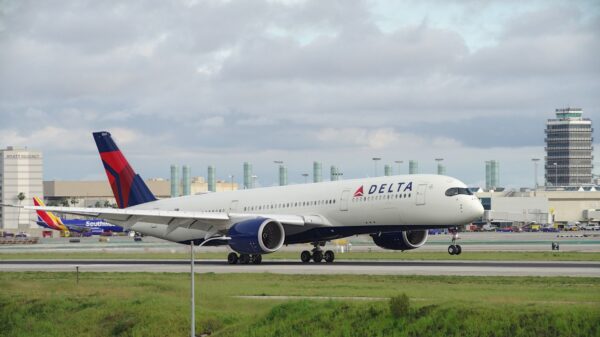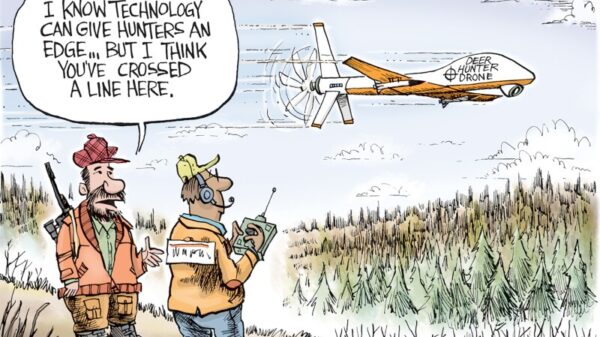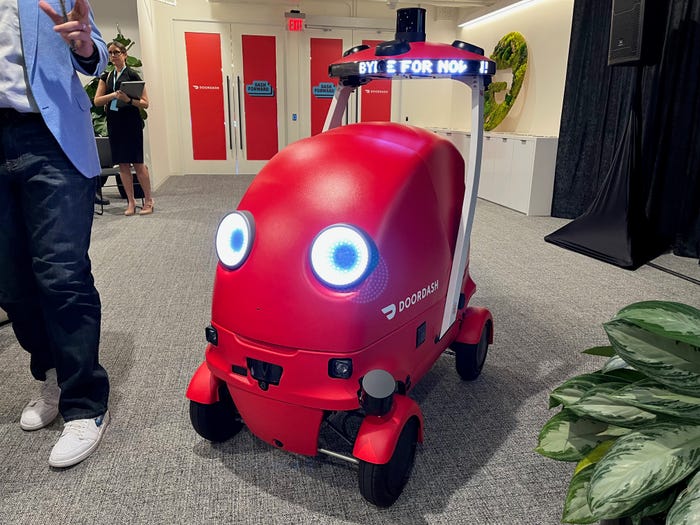URGENT UPDATE: Uber, Lyft, and DoorDash are sounding the alarm on the need for significant investment in self-driving technology, emphasizing that massive funding is essential to scale their autonomous operations across the U.S. This announcement comes as the companies reported their quarterly earnings this week, highlighting the urgent need for capital to make robotaxis and delivery robots a common sight on American streets.
During an earnings call on Wednesday, DoorDash CEO Tony Xu revealed plans to invest “several hundred million dollars more” than initially budgeted for its autonomous delivery technology, specifically its new delivery robot, Dot. This investment is aimed at enhancing DoorDash’s capability to navigate urban environments. “This is not something that’s going to happen overnight,” Xu stated, underscoring the need for upfront investments.
DoorDash experienced a staggering 17% drop in stock value on Thursday, marking the largest single-day decline in its history, following the announcement of its ambitious spending plan for self-driving tech. The company’s shift toward automation reflects a broader trend among gig economy giants to pivot toward autonomous solutions.
Meanwhile, Lyft is also ramping up its investment in autonomous vehicles. CFO Erin Brewer disclosed plans for a new depot in Nashville, designed for charging, servicing, and storing autonomous vehicles for Lyft riders, with estimated costs between $10 million and $15 million. Lyft’s CEO David Risher emphasized the necessity of investing in physical infrastructure to ensure the smooth operation of self-driving cars, stating, “You’ve got to invest in some physical infrastructure, but we like the unit economics there a lot.”
Uber CEO Dara Khosrowshahi echoed similar sentiments, describing self-driving cars as a currently money-losing venture for the company. However, he expressed optimism about the potential for future profitability as Uber works to expand its driverless car offerings. “We can turn those products profitable if we want it tomorrow,” Khosrowshahi noted, emphasizing the balance between investing in growth and profitability.
The urgent push for investment in autonomous technology by these major players reflects a growing recognition of the challenges and costs involved in bringing self-driving vehicles to the mainstream market. As the market evolves, these companies are keenly aware that the path to widespread adoption will be paved with substantial financial commitments.
As the situation develops, the focus will remain on how these companies manage their investments and technological advancements in the highly competitive landscape of autonomous transport. Industry watchers and investors alike are keenly awaiting further updates from Uber, Lyft, and DoorDash regarding their strategies for scaling up autonomous operations in the coming years.
Stay tuned for more updates on this rapidly evolving story, as the implications of these investments could reshape the future of transportation and delivery services.







































































